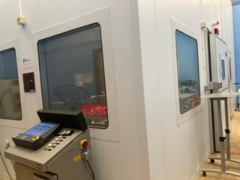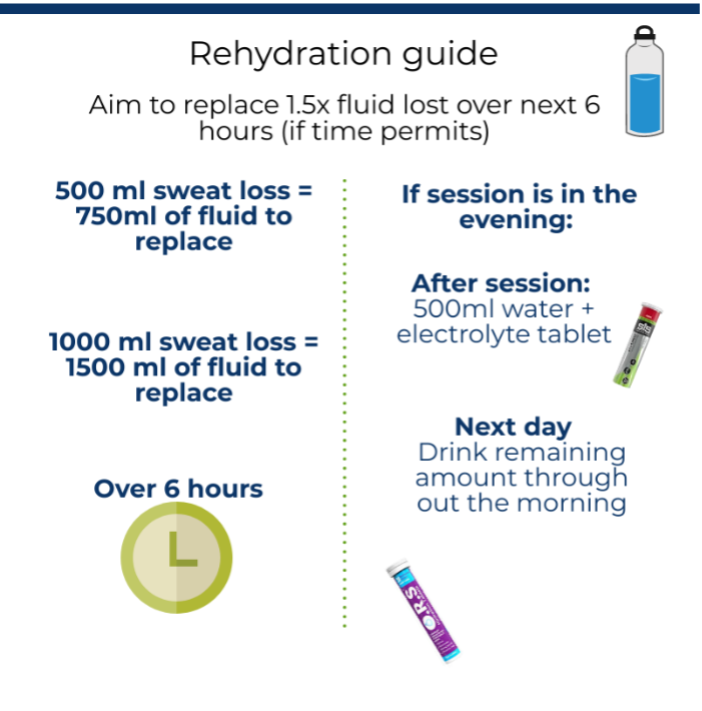A question we often get asked is, how much fluid should I drink?
Everyone sweats, and in hot and humid environments you sweat even more. Maintaining good hydration is important for optimal performance. We wanted to make sure that the players from the Irish women’s hockey team would be drinking enough fluids but not too much! Tokyo was predicted to be the hottest and most humid Olympics and it was, with mean temperature hitting 32-25 degrees. We helped our athletes figure out how to keep hydrated by completing fluid balance and sweat rate assessments.
As the team was unable to travel away for a hot weather camp we used the Environmental Chamber to mimic the conditions that they faced in Tokyo in a series of camps before they left,

(Pictured: Environmental Chamber)
Before heading into the chamber, the players stepped on the scales to know what they weighed and also weighed their drink bottles before they started the session. If during the session a player needed their bottle refilled, we measured it before and after filling it up with water and handing it back to them.
Once the session was done, we followed the same steps as the beginning, with the players weighing themselves and drink bottles being weighed. When body weight changes over short periods of time, the change is likely due to losses in fluid from sweat.
The difference in body weight before and after helps to guide how much fluid the player has to drink to properly re-hydrate, for example if they lost 500g (the equivalent to 500ml of fluid) they were advised to drink 1.5 times this amount in water.

Weighing the drink bottles before and after lets us know how much they drank. This measurement is added to the change in body weight to figure out how much sweat they lost during the session (e.g 0.5kg loss of body weight + 0.5L of water drank = 1 L of sweat lost). This number is then divided by the length of the session (e.g. 45 mins) to get their sweat rate.
With this information and monitoring we can tell if the players have drunk enough fluid, if they’ve drunk too little and need to increase their intake next time or if they’ve drunk too much (which can happen) and need to drink less.It’s important to assess fluid intake and sweat rate more than once (which we did) as your sweat rate changes as you acclimate (or get used to being in) a hot environment.So, if you’re still wondering how much fluid you should be drinking, just follow the steps above to check if your hydration practices measure up.





